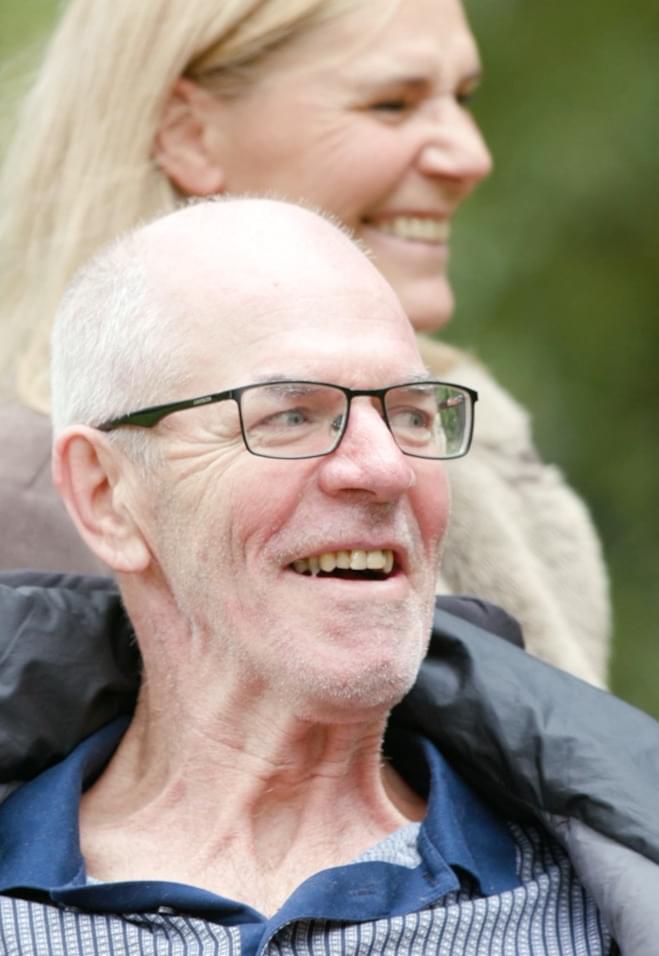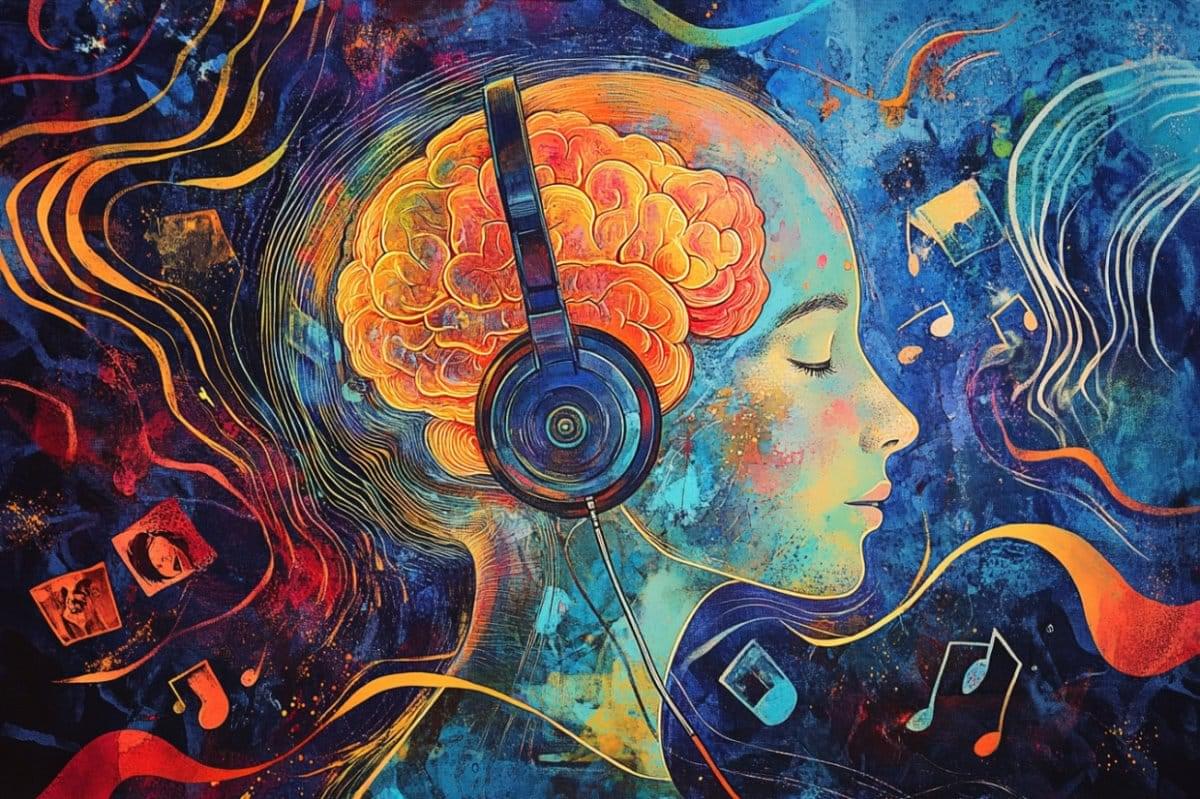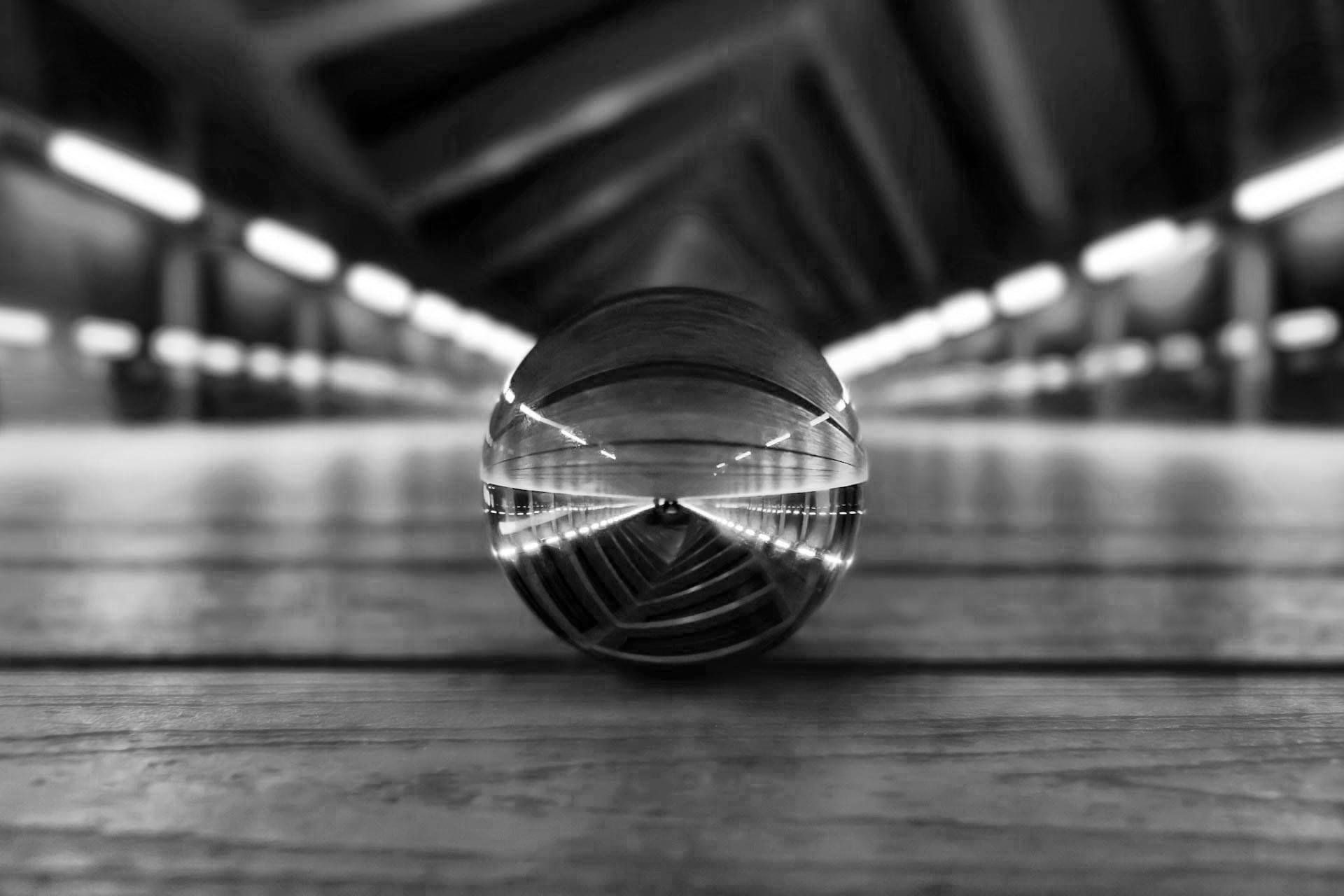🤖🦾💰Tour de force by David Shapiro on the Economic Singularity.
All my links: https://linktr.ee/daveshap
🤖🦾💰Tour de force by David Shapiro on the Economic Singularity.
All my links: https://linktr.ee/daveshap
CASIMIR EFFECT @SEVENTHQUANTUMACADEMY
This video will tell you the mysterious creator of force carrier particle particularly Graviton and then chronologically gluon, photon and boson. You will see delving into the string theory and quantum physics and dimensional physics that how this force was first created immediately after the first quantum vacuum fluctuation and the creation of Planck’s length and hence the Planck’s world. You will observe with tremendous astonishment that it is telling some other stories regarding birth of invisible universe which is the predecessor of the visible third dimensional universe we can see today. So to delve into this mysterious world, watch the full video with concentration and to get more subscribe SEVENTH QUANTUM ACADEMY and tap the bell icon to get notified when the new video gets published.


In the world of quantum computing, the Hilbert space dimension—the measure of the number of quantum states that a quantum computer can access—is a prized possession. Having a larger Hilbert space allows for more complex quantum operations and plays a crucial role in enabling quantum error correction (QEC), essential for protecting quantum information from noise and errors.
A recent study by researchers from Yale University published in Nature created qudits—a quantum system that holds quantum information and can exist in more than two states. Using a qutrit (3-level quantum system) and a ququart (4-level quantum system), the researchers demonstrated the first-ever experimental quantum error correction for higher-dimensional quantum units using the Gottesman–Kitaev–Preskill (GKP) bosonic code.
Most quantum computers on the market usually process information using quantum states called qubits—fundamental units similar to a bit in a regular computer that can exist in two well-defined states, up and down and also both 0 and 1 at the same time, due to quantum superposition. The Hilbert space of a single qubit is a two-dimensional complex vector space.

The Synchron BCI system is designed to measure electrical brain activity corresponding with a person’s intention to move a body part, such as their arm, regardless of the body’s ability to move. This signal is then converted into a digital action, such as a click or scroll, on a smartphone, tablet, or computer.


Multiple space agencies will send missions to the Moon this decade and the next, with plans to establish infrastructure that will allow for many returns. This includes NASA’s Lunar Gateway and Artemis Base Camp, the Chinese-Roscosmos International Lunar Research Station (ILRS), and the ESA’s Moon Village. With so many space agencies and commercial space companies focused on lunar exploration, there are also multiple plans for establishing research facilities and scientific experiments.
In particular, NASA, China, and the ESA have proposed creating radio astronomy experiments that would operate on the far side of the Moon. In a recent paper, an international team of European astronomers proposed an ultra-long wavelength radio interferometer that could examine the cosmological periods known as the Cosmic Dark Ages and Cosmic Dawn. Known as the Dark Ages Explorer (DEX), this telescope could provide fresh insights into one of the least understood periods in the history of the Universe.
The study was led by Christiaan Brinkerink, a Scientific Engineer with the Radboud Radio Lab (RRL) at Radboud University Nijmegen. He was joined by researchers from the Netherlands Institute for Radio Astronomy (ASTRON), the Eindhoven University of Technology, the Delft University of Technology (TU Delft), the Laboratory for Instrumentation and Research in Astrophysics (LIRA), the Kapteyn Astronomical Institute, the Leiden Observatory, the Cambrige Institute of Astronomy, the Kavli Institute for Cosmology, the European Research Infrastructure Consortium (ERIC), and the ESA’s European Space Research and Technology Center (ESTEC).

A top 100 US bank just disclosed a data breach affecting the personal and confidential information of thousands of customers.
In a filing with the Office of the Maine Attorney General, Arkansas-based Arvest Bank says it’s warning 7,537 people after a technical glitch enabled unauthorized account access.

Physicists from Oxford have, for the first time, scaled quantum computing using distributed teleportation technology — and this could change everything. From «parallel universes» to Grover’s algorithm, from cryptography to molecular modeling — the world is entering an era where «impossible» problems

The risk of getting dementia may go up as you get older if you don’t get enough slow-wave sleep.
A 2023 study found that over-60s are 27 percent more likely to develop dementia if they lose just 1 percent of this deep sleep each year.
Slow-wave sleep is the third stage of a human 90-minute sleep cycle, lasting about 20–40 minutes. It’s the most restful stage, where brain waves and heart rate slow and blood pressure drops.